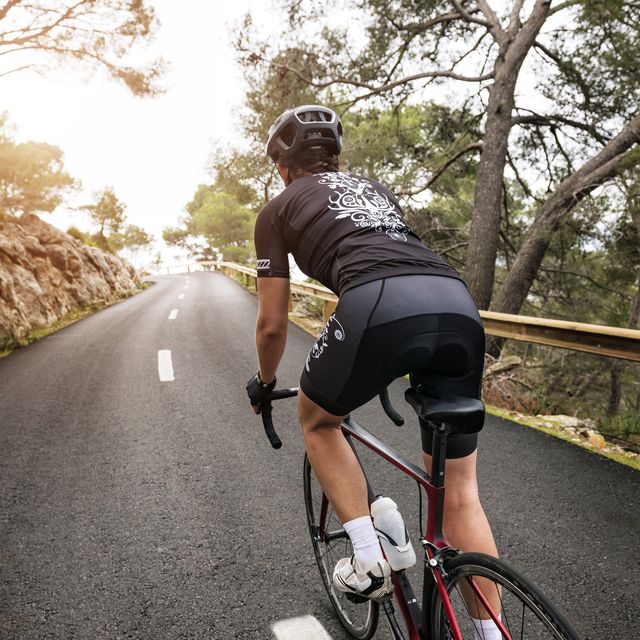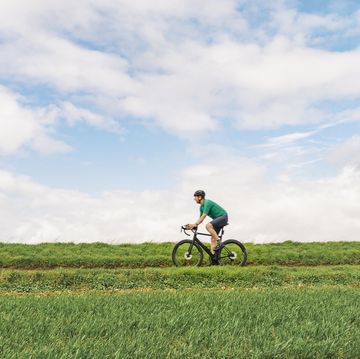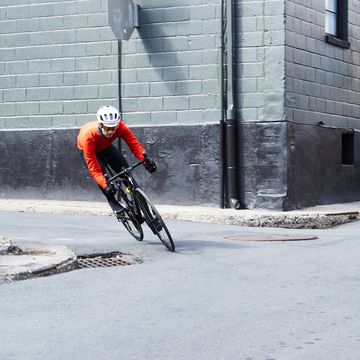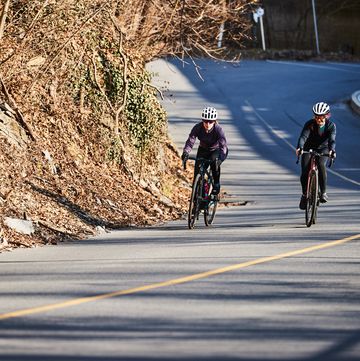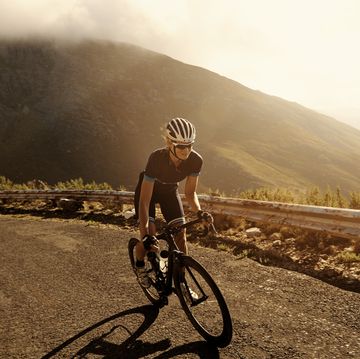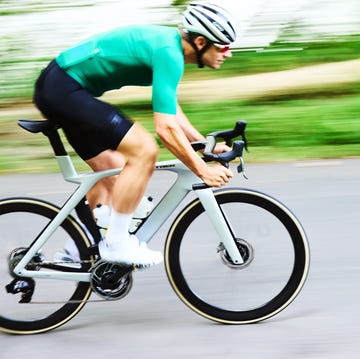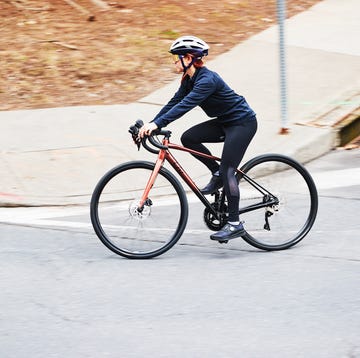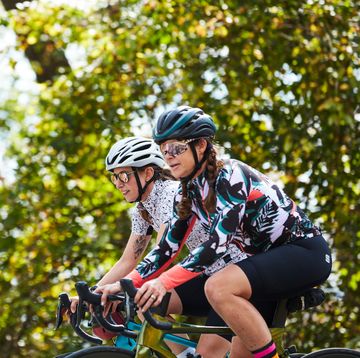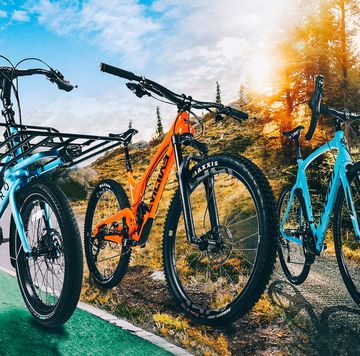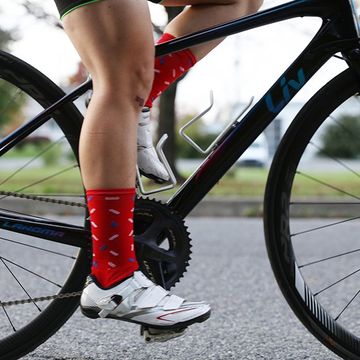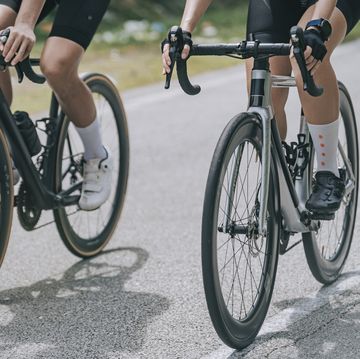If you lead your group ride on flats only to fall off the back when going uphill, it’s time to check your climbing technique. Without the right pacing, approach, and skills, you can easily loose time (and patience!) when conquering inclines. Achieving success on uphill terrain requires a combination of muscular endurance, cadence control, and proper gearing.
So, here’s everything you need to crush your uphill climbs, so you hold your lead spot, no matter who you’re riding with or where you’re going. Let this advice build your skills and your confidence.
1. Top Off at the Bottom
If it’s been a while since you’ve eaten or if you’re heading into a particularly long climb, give yourself a shot of fuel at the base before you start. Your mind and muscles will get a nice energy boost, and it’s far easier to take a bite of a banana or bar when you’re rolling easy on the relative flats than once you’re borderline oxygen-deprived and seeing spots halfway up.
2. Think Light, Ride Quiet
Apply what climbing specialist Andy Applegate calls Qigong climbing, a technique that blends positive thinking with relaxed technique, incorporating deep rhythmic breathing.
As you approach the climb, think “light” thoughts—clouds, birds, angels, whatever lightens up your mental space. Then, start with your face and progressively relax your body down to your feet, being sure to release any unnecessary tension, particularly in your shoulders, which should be down and relaxed, and your hands, which should be loosely gripping the bars (not squeezing them super tightly).
“You want your upper body so quiet that if someone were to film you from the waist up, they wouldn’t be able to tell if you were climbing or just riding along,” Applegate says.
Apply the same quiet posture approach when you stand. Keep your shoulders squared and facing forward, as if you were balancing beer glasses on them. Avoid dropping them from side-to-side, which will waste energy and send you weaving up the slope like a drunken paperboy.
3. Maintain Your Power Position
Taking full, deep breaths is important to quiet your mind and to deliver fresh oxygenated blood to your legs. Do it by keeping your back straight and chest open, to allow maximum airflow into your lungs. Relax your arms so that your elbows are outside of your hips.
When it’s time to stand, click into the next larger gear, and stand on the top of the pedal stroke to minimize loss of momentum. Position yourself with your buttocks above the saddle, ensuring that your weight remains centered over the bottom bracket.
Avoid leaning forward, which unweights the rear and can cause skidding, or make you inadvertently toss your bike backward, which is alarming and potentially dangerous for any riders who may be close behind. You should feel like you’re lightly running uphill on the pedals, allowing the bike to rock gently, but not excessively, from side-to-side.
4. Give Your Legs Help
When the grade gets so steep that you’re sliding into standstill (and topple) territory, tuck your elbows into your sides, dip your torso toward the bars, and gently but firmly pull back on the bars with every downstroke. This lets you transfer power from your upper body through your core and into your legs to assist you in forward progress.
5. Finish Faster Than You Start
You don’t beat a giant by going after its feet; you take aim at the head. Remember that up your next monster climb. Instead of aggressively starting the ascent and losing steam before reaching the summit, dial back your pace until it feels easier than you want it to, just below your lactate threshold or FTP.
Then, ramp up your speed as you get closer to the top, and attack over the summit—and likely sail by everyone who is collapsing from starting out too fast.
6. Channel Your Mojo
No matter how many butterflies you visualize, happy songs you sing in your head, or how well you eat and drink, you’re bound to have spells of sinking morale on long, hard, hilly days, especially if you’re doing consecutive long, hard, hilly days in a bike tour or multi-day ride. That’s when some visual aids help.
During the Pennsylvania Perimeter Ride Against Cancer (PPRAC), a challenging, hilly seven-day ride I do every two years, riders tape pictures of loved ones who have battled (and lost the battle to) cancer to their top tubes for inspiration. Even pro riders will tape photos and inspiring messages to their bikes for added inspiration. As professional cyclocross rider Jeremy Powers once told Bicycling, when all else fails, “this will give you something to focus on besides the pain in your legs and lungs.”
This article is excerpted from Climb! by Selene Yeager—your guide to train for, conquer, and ultimately fall in love with hills. You can purchase a copy here, then go crush some elevation.


David Lipscomb is the Bicycling membership coach and owner of CIS Training Systems in New York City.
